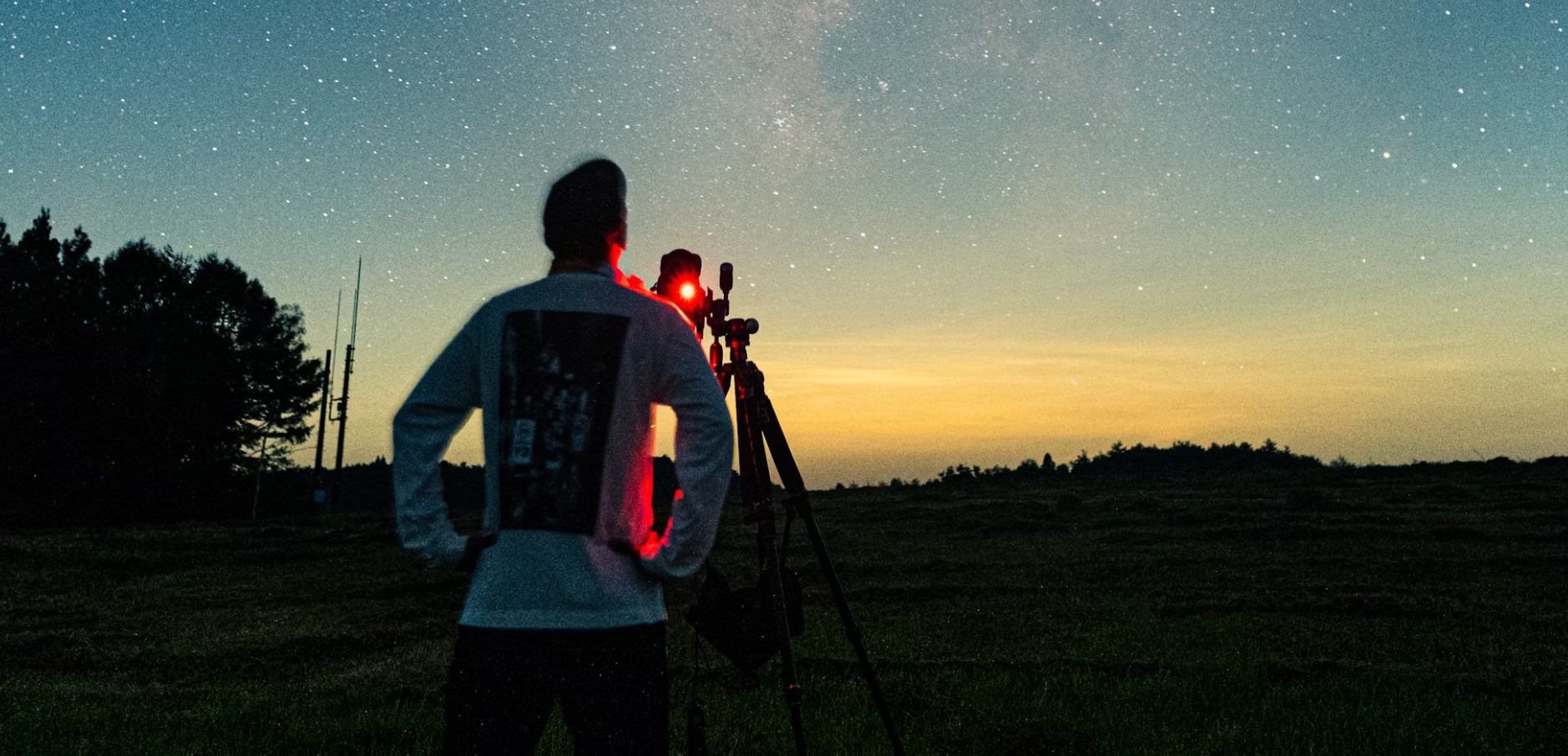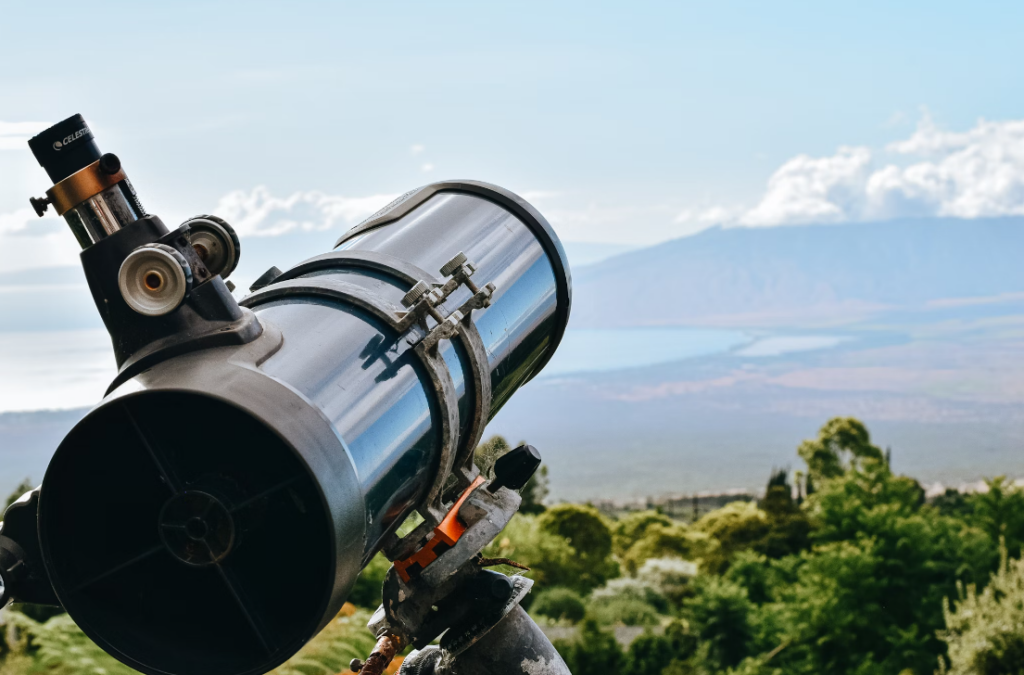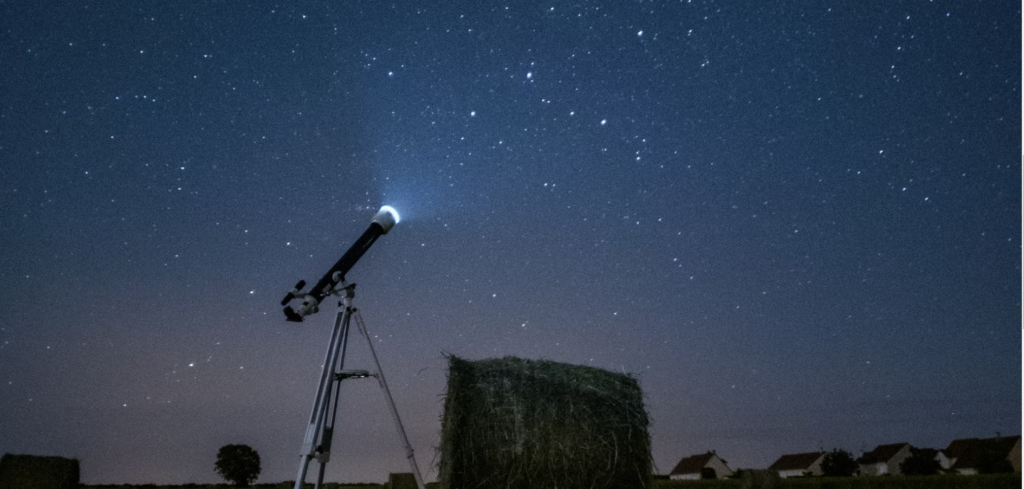-
Shop
- Furniture
- Kitchen
- Bathroom
- Home & Garden

Gazing at the stars through your telescope is supposed to be a breathtaking experience, but what if the image is stubbornly blurry?
Don’t worry, stargazer! That’s what I am here for.
There are many reasons why a telescope might not focus properly, and most fixes are simple.
In this post, I’ll show you what to check and do if your telescope won’t focus.
The eyepiece is the first place to look when your telescope won’t focus.
Make sure you’re using the right eyepieces meant for your telescope model, and double-check that the eyepiece is properly and securely inserted into the focuser tube.
Also Read: Can you zoom in on a telescope
If you’re using a diagonal mirror or Barlow lens, try taking it out temporarily to see if that fixes the problem.
It’s also a good idea to experiment with different eyepieces if you have a few available.
This can help you figure out if a specific eyepiece is causing the issue or if there’s a problem elsewhere in the optical setup.
The focuser is what moves the eyepiece in and out to get things into focus.

First, make sure that when you turn the focus knobs, the focuser tube is actually moving.
Sometimes, the gears can get messed up, or there might be something blocking the tube like debris or moisture.
Then check if there are any locking mechanisms on the focuser and make sure they’re fully unlocked. Some telescopes have a tension adjustment or locking screw that, if tightened too much, can stop the focuser from moving smoothly.
If you find any blockages or problems with the focuser, you might need to take it apart and clean it really well.
Also Read: Why is my telescope black
You can also put a bit of focuser grease or lubricant on it to make sure it moves smoothly.
Collimation is the process of aligning the optical components in a telescope so that the light path is perfectly centered.
If the mirrors or lenses are even a little bit off, your images can end up blurry or distorted, no matter how much you fiddle with the focus.
So, if you have a telescope with mirrors, like reflectors, you MUST collimate both the primary and secondary mirrors to get the best performance.
Refractor telescopes might also need collimation of the lens and the focuser drawtube.
Collimation can be a tricky job, so it’s often a good idea to get help from experienced stargazers or join a local astronomy club.
That way, you can learn the right techniques and maybe even borrow the tools you need.
It’s also worth noting that telescopes have a minimum focusing distance.
This distance ranges from a few hundred feet to infinity depending on the model and design
If you’re trying to focus on objects that are too close, such as trees or buildings in your neighborhood, you may find it impossible to get a clear focus.

Apart from that, atmospheric conditions also affect how well your telescope can focus.
Heat waves rising from the ground or buildings can distort the light path, leading to blurry or shimmering images.
Allowing the telescope to adjust fully to the outdoor temperature can help lessen this problem.
Plus, observing higher in the sky, away from the distortions caused by atmospheric turbulence near the horizon, can greatly improve your chances of focusing.
BTW, also check out our High-Precision 127mm APO Triplet Refractor Telescope
I personally know how annoying it is when my telescope won’t focus.
But if you try everything I said, I promise you’ll get your view back on track and enjoy your stargazing adventures again.
FAQs
There are a couple reasons why your telescope might not be focusing on the moon.
Make sure you’re turning the focus knob slowly in both directions. Also try a different eyepiece if you have one. And if you have a reflecting telescope, collimation might be off.
Or if your telescope struggles to achieve focus even with the focuser fully extended, you might need an extension tube.
If your focus knob is not working, it could be jammed. Clean or replace worn grips, ensure the focus lock is loose, and try gently moving the focuser by hand to free any binds.
If you have a dual-knob focuser, a loose set screw might be the culprit.
And in rare cases, internal gear issues might require disassembling the focuser.




Leave a comment